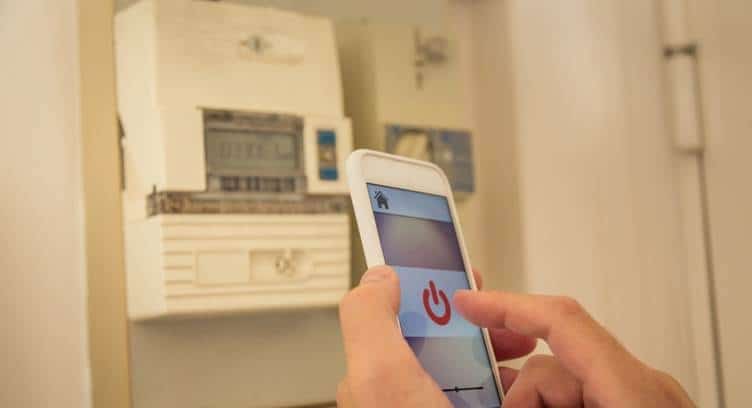CSPs such as AT&T, Comcast, Orange, and Verizon help drive the growth of smart home adoption by building smart home offerings alongside their investments and deployments of broadband and video services, said ABI Research.
However, more recently most telcos have been outperformed by aggressive competition and are now at a crucial stage: they must either accelerate their UnTelco strategies - activities they should pursue beyond their traditional offerings to foster revenue growth - in smart home to take back the ownership of the home or risk being relegated as marginal players.
According to ABI Research, the UnTelco opportunities for CSPs in the smart home will reach US$11.2 billion by 2022, though it will not be an easy journey.
“CSPs are being threatened in a market increasingly driven by the likes of Google and Amazon with a range of products and services from AI-powered smart home voice control smart speakers to security solutions,” said Pablo Tomasi Senior Analyst at ABI Research. “But things are changing and CSPs are accelerating their strategies for the smart home. Telefonica with Aura, Orange with Djingo, and SK Telecom with Nugu lead the way of CSPs developing AI assistant to support their smart home play. Now is the time for CSPs to be more aggressive in tying the usage of their AI assistants to their other connected and smart home offerings.”
To win the smart home, CSPs must take a platform approach, as done by Deutsche Telekom or Comcast, two of the leading CSPs in this space. A platform strategy must be supported by the creation of a wide partner ecosystem and must be underpinned by an innovative monetization approach favoring freemium services over traditional bundles. CSPs have assets all around the connected home from providing connectivity, creating content and delivering video, to specific applications such as monitored security and as such, they have a wider reach than any other competitor. CSPs should use this mix of essential (e.g., broadband connectivity) and value-added services (e.g., monitored security) to tailor a strategy fine-tuned to customers’ needs and regional dynamics. “CSPs should not impose their legacy fixed-line business model to the smart home,” Tomasi stated.
“The smart home is core to the CSPs’ future and it is a real test to assess how far CSPs have developed their business beyond their telco heritage and how they can adapt their bundling business to market condition, experiment with innovation, and compete head-to-head with webscale players,” he concluded.




















